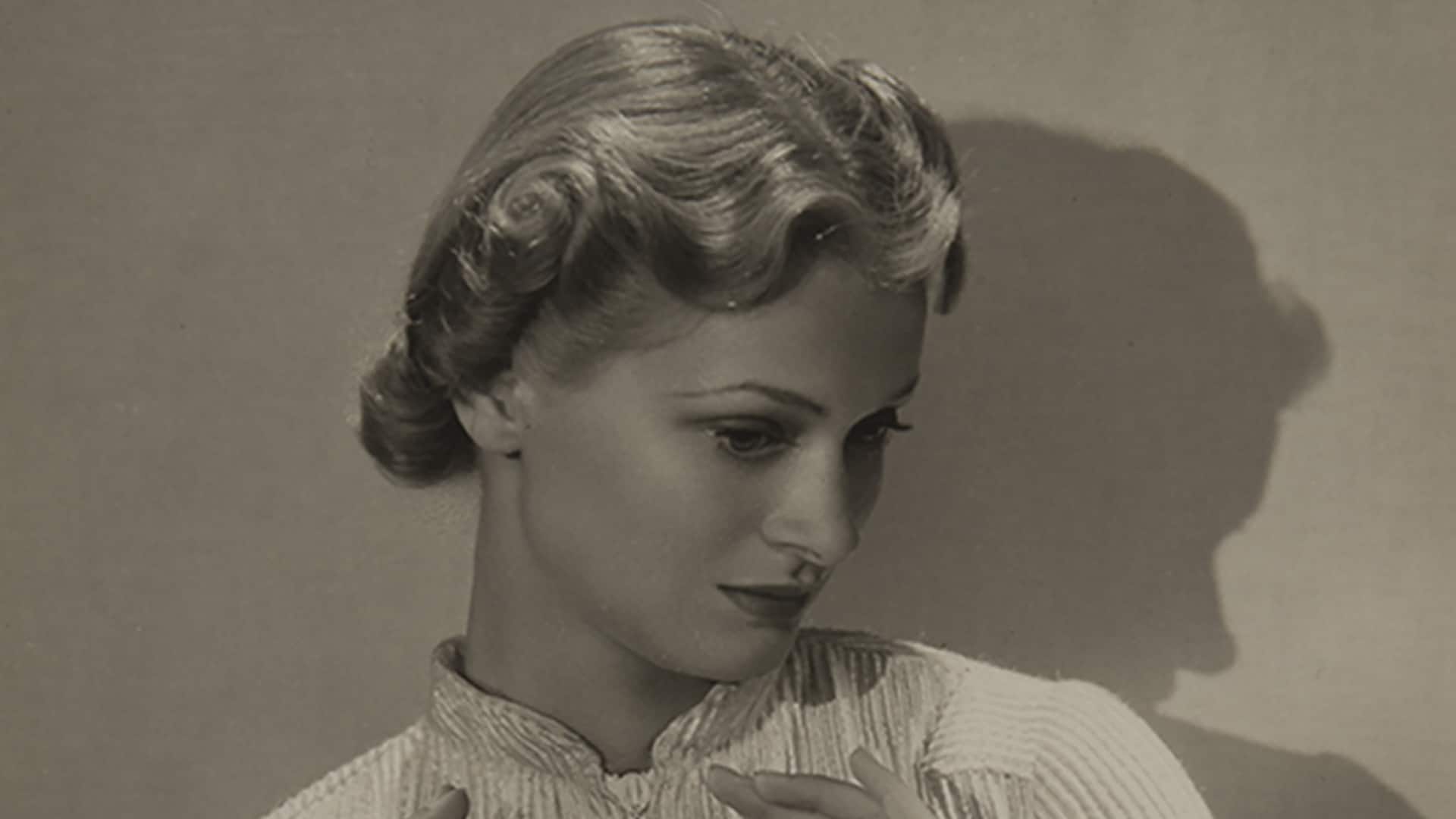An elegant exhibition surveys Man Ray’s photographic work in the world of fashion in the mid-1920s. A beautiful gallery of muses is on view at the Cantini Museum in Marseille.

You’re getting blind.
Don’t miss the best of visual arts. Subscribe for $9 per month or $108 $90 per year.
Already suscribed ?



